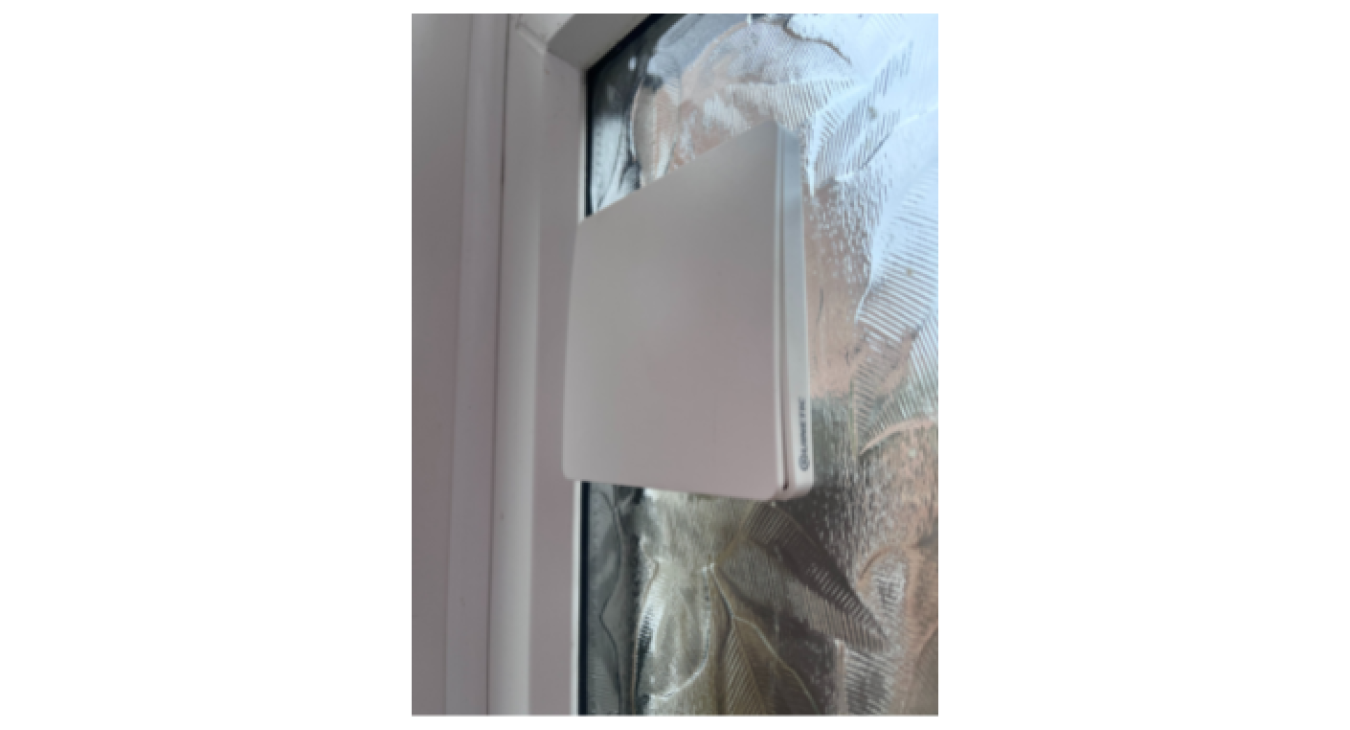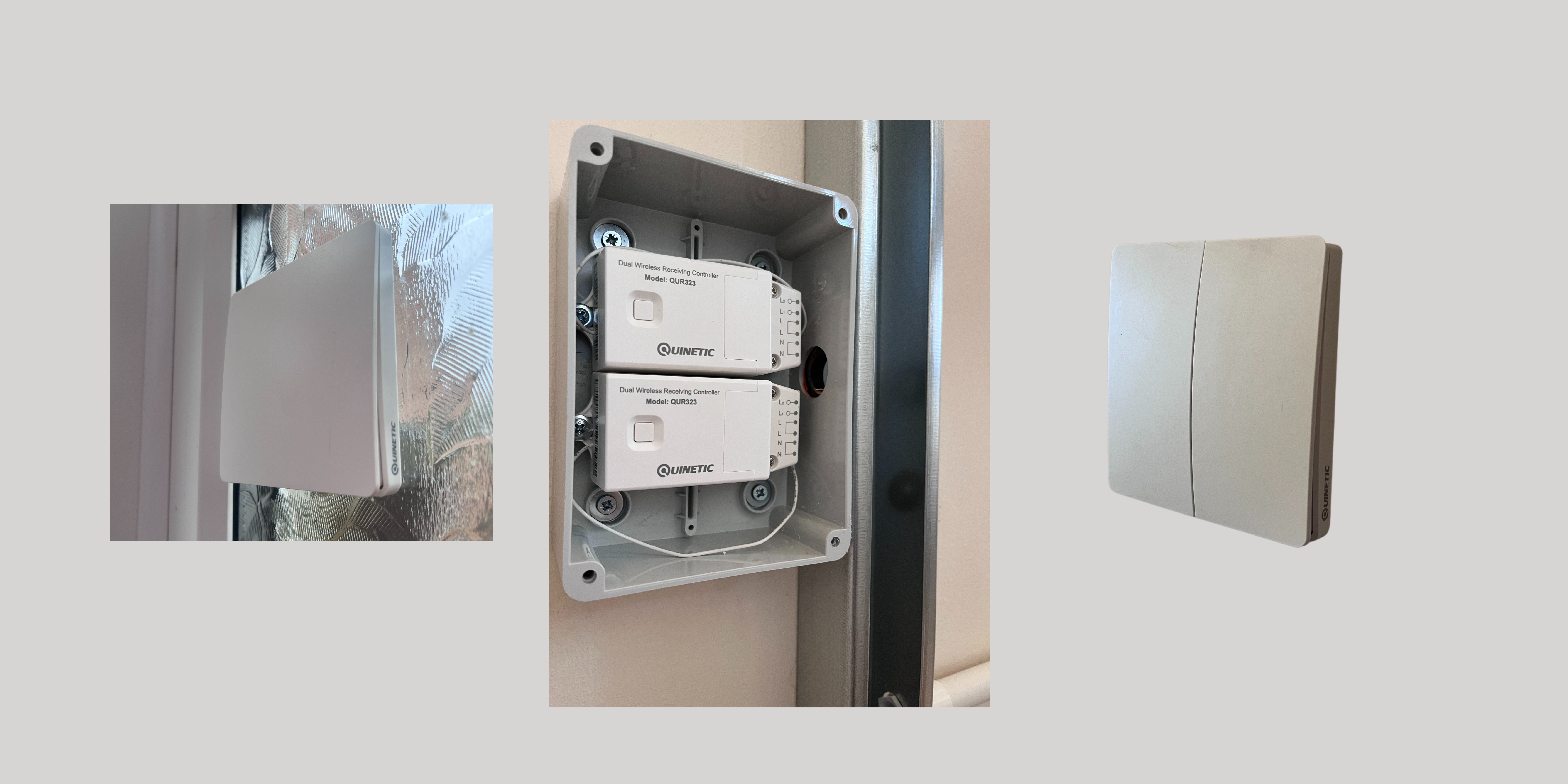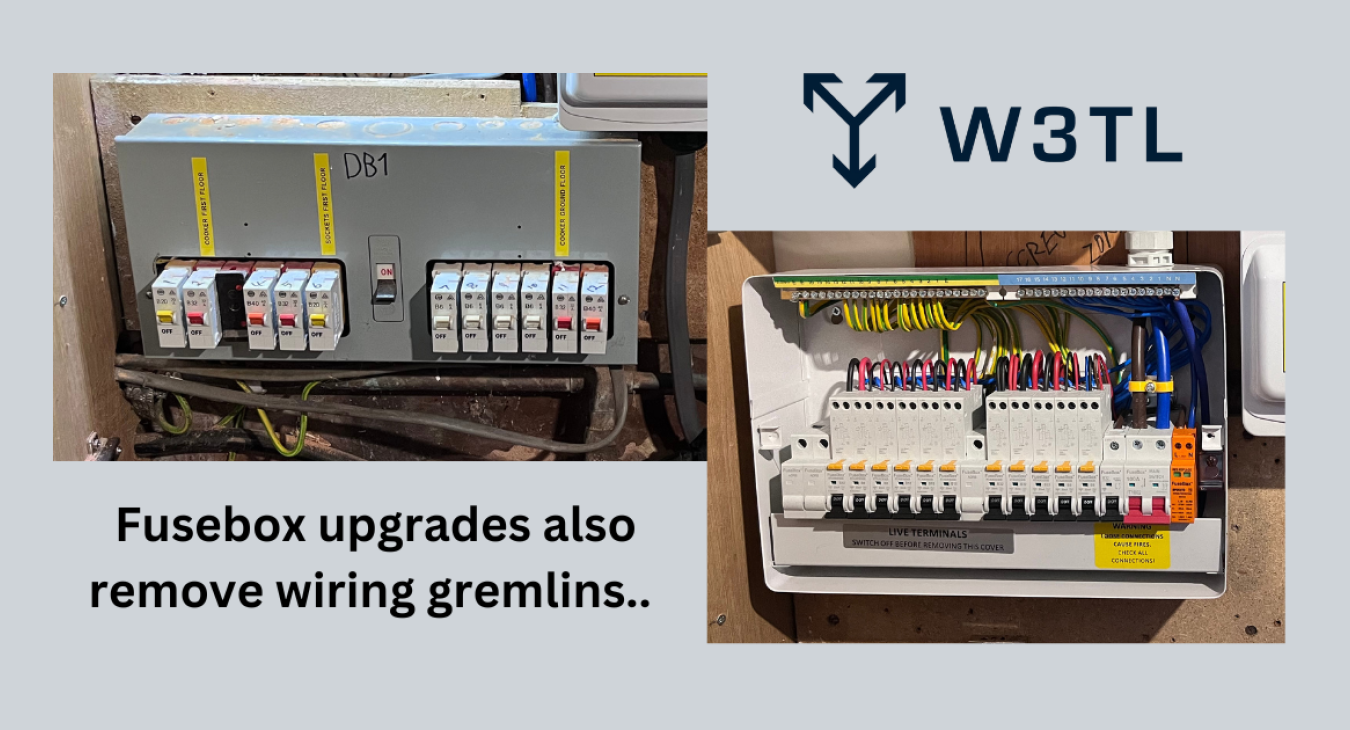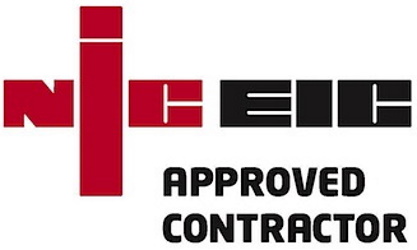
Electricity without the wires?
Wireless switching is rapidly becoming the most popular go to with lighting controls
Wireless switching is not the same as a smart switch, it can be, but they are different.
There are smart home systems that have wireless feature that come with the high price of smart home tech that you would expect.
Then there are wireless switches that don't have the smart home features and don't subsequently attract the high price. It's these switches I am going to introduce you to.
What are the benefits of wireless switching?
Obviously - No wires
But there are more benefits to this than perhaps you may realise:
A regular light switch that switches one light from one position requires one cable with 2 cores and an earth.
But
If you want to switch the light from another position, you need another wire that links those two switches, and that wire needs 3 cores and an earth.
Things start getting complicated from here: Many people want to control two lights from a switch. Some want to control those two lights from two separate places. This all leads to more wiring, wider channels in your walls to accommodate all this extra wiring, deeper boxes, more electrical connections that are subject to failure, confusion as to what wire went in where, only having one dimmer in one position on each bank of lights......
Like I said, complicated..
Wireless switching cable connections
Lets say that you have two lights: one at the top of the stairs and one at the bottom of the stairs
To two-way switch both these lights at the top and the bottom of the stairs you would need: 2 x switch lines and 2 x 3-cores each with an earth, plus back boxes, plus switches.
With wireless switching, we install you a small box about the size of a matchbox (the large kind) and then run a wire from that box to each of the lights.
With that done, we take our switches, pair them up to the box, and stick them on the wall.
Simples
No channelling
Because we are not supplying the light switches, we don't need to run cables down to your switches. Therefore, your cable only needs to run through the ceiling or floor to where your light fixture is and then connect up by drilling through the ceiling.
This means there is no damage to the walls which can often be painted, papered, or finished in difficult to repair Artex coverings.
Can I fix the switches anywhere?
Yes. They have no battery in them as the energy created by operating the switch produces a little click which powers the command to operate the lighting pack.
Becuase they have no connection to the electrical supply, there are no restrictions on where you can put them. This means you can fit them in bathrooms! There is no need to worry about the bathroom zones either, as there is no electrical connection at the switch.
The switches are pretty light (no pun intended) and they come with a 3M sticky pad which allows you to stick them on glass, metal and other plastics. So if you want a light switch mounted on glass you can!
Where does the matchbox sized pack go?
We regularly put them in a suitably sized box, often in the loft but they can also go in airing cupboards and service areas. They have a 30 meter range!!!
This means that we can almost put them anywhere in the house. With 30 meters of range, you can install a light by the front door and switch it from the back door and all you need is the light you are controlling to be connected to a wireless pack.
But how much are they?
You're probably asking because this kind of technology must be expensive. But they are actually really affordable.
A regular light switch will cost you around £80 to have it installed and fitted on average, This will often include channelling a wall, damaging your wall paper, and make a mess of your room.
With a wireless switch, the electrician just has to focus on supplying the pack and supplying the light. This is MUCH QUICKER and FAR LESS MESS!!
The price of these packs start around £25 for a pack that is capable of controlling one light. Then you will need a switch to connect to it and these cost around another £25. Total spend - around £50 all in.
You will still need to pay your electrician for a couple of hours of their time, but you will have preserved your walls and have an expandable system.
I only want one light switch, is it worth it?
Yeah right... In the 15 years I have been wiring houses, whenever I have suggested having another switch by the bed, can you guess how many people have said no?
None! That's how many. Then I present the cost to run additional wiring and then its really a NO.
But in recent years, with the advent of wireless switching, we are able to install one controller pack and then add up to 9 additional switches to control the same light.
Let's see: one by the door, one by the bed, one by the window, one in the corner, one in the garden... The bedroom is a bad example
The halls and landings are where the wireless switches really decimate conventional wiring
The hallway and landing 2-way light switching mess: One by the front door, one at the bottom of the stairs, one as you come out the lounge, one as you come out of the kitchen, one at the top of the stairs. That's still only five: you still have 5 MORE SWITCH POINTS TO GO.
Not sure on where to put them? No drama. Try them in one place, and if you want to move them, unstick them, move them, and restick them... No need to call an electrician to come move a light switch.
You'd be helping the planet
Copper! Yup, that metal that makes up our wires isn't found in cereal packs.
Copper is a precious metal, and it is a limited resource. We must recycle our copper. If we don't, its only coming from one place: Earth

This is the Collahuasi Copper Mine in Northern Chile. Copper is produced using open-pit mining. If we want more, we need to dig more. More earth, more diesel for the trucks hauling it up, and more CO2 being dumped into the atmosphere.
How much CO2? Try 2.3-2.5 TONNES of CO2 for every Tonne of Copper.
It doesn't end there: Smelting the copper adds another 1.65 Tonnes with the carbon cost of recycling adding another 1.5 Tonnes.
So how does wireless switches help the planet?
Because wireless switches do away with the crisscrossing and toing and throwing of the various cables that link switches and the cabling that in-turn feeds the lights, we now only need to supply the light with a cable and remove all the various wires that make up conventional switching.
A typical two-way lighting system for a hallway and landing to be switched both at the top and the bottom of the stairs will use around 40 meters of 1.0mm cable. This may not sound like much, but these wires are often sunk into the wall.
If you are channelling the walls, you are using electrical tools to cut, break, and open the walls. Once opened, these walls then need filling back in, often with a cement based filler which itself has been produced with an enormous CO2 footprint.
Do these packs have a CO2 footprint?
Yes of course they do. But the process is far more efficient. These packs are constructed of plastic, and inside have a similar volume of electronics and gadgetry that you would expect to see in a regular lighting dimmer. It also has the receiver similar to a WiFi device.
The wireless devices we use have no plastic packaging. NONE!!!! They arrive in cardboard boxes and have sticky pads for fixing; this means you can install them without drilling into walls.
The light switches do have a plastic cover over them, but these can be recycled as far as we are aware
Can I still Dim my lights
YES! You can...
There are dimmable packs available. The switches are reactive; Push once will turn them on, Push again will turn them off, Push and hold and they will dim up and down! Simples
Can I dim from more than one place?
YES! If you pair up 10 switches to one bank of lights, you can go to any switch and simply press and hold and watch your lights dim up and down
They look big and clunky
The standalone products are the same size as a regular light switch except the entire surface area of the front moves when your press it. Unlike regular switches that have a little switch mounted into the size of the light switch.
Generally, feedback from customers as to the look of the switches is good. They are actually very easy to operate as they work on a reactive operation and not the standard rocker type. This allows you to push them with your elbow, something you are carrying or your shoulder. Regular switches often need to be operated with the dexterity only a finger can provide - its a limiting factor.
If you're really not sure, the grid wiring switches that we can supply looks like any other light switch so there is no compromise to style.
How long do they last?
I have had wireless modules running for over 12 months with no problems. Add to that, I have had power supplies turned off for hours at a time and the packs have kept their programming.
How much quicker to install are they?
I recently rewired a 3 bedroom semi detached house. It had a landing light, 3 bedrooms and a bathroom with spotlights. With conventional wiring it would usually take around 1 day and possibly more to strip out, renew, channel, fill, connect up and then test the new lighting circuit.
At the current rates, you could look to spend anywhere from £1200-£1700 to have a new conventional wiring system. We can't move the light switches once they are installed. This doesn't include any two-way switching. You will need to repair your walls once the electrician is done.
With the 3 bed semi detached, I used wireless switching. I required 5 switching locations with 5 banks of lights which I split between 4 dual channel packs and the 5th went onto a another dual channel pack with 1 spare for future use. There was no channelling, I installed a mixture of pendants and spot lights, I started at 8am and was finished and driving away by 3.30 in the afternoon.
In total, I used 8 wireless accessories at an average of £30 coming in at around £240. I then used around 30m of cable and fitted it all in a box. The total customer spend was around £1300. There was no damage to their walls, they kept their wallpaper, and there was NO DUST. The customer was very happy
Still not sure?
Get in touch. Let us talk through your lighting requirements and help find a solution for you that works the best for you. The future of switching is wireless whether you like it or not. The technology has arrived, and its awesome.

















